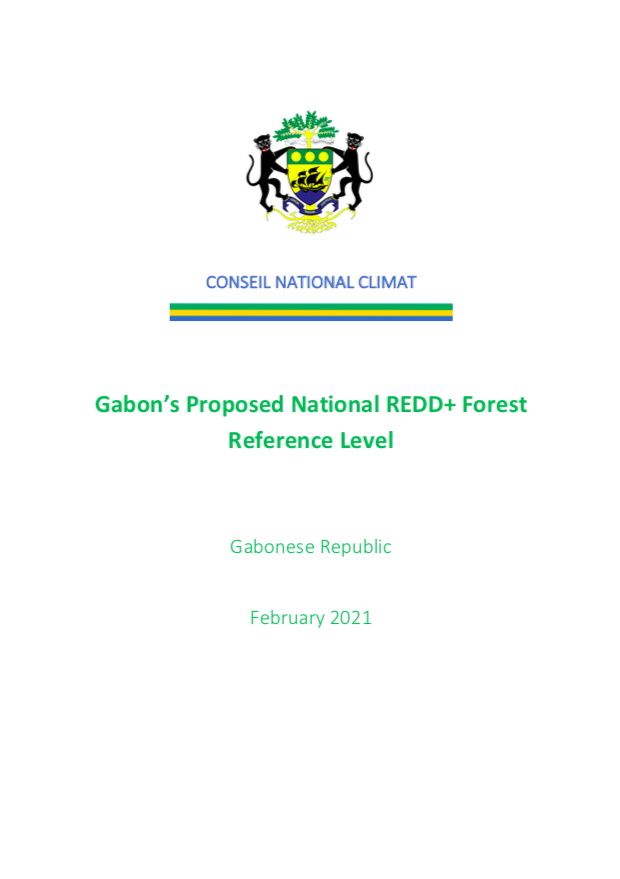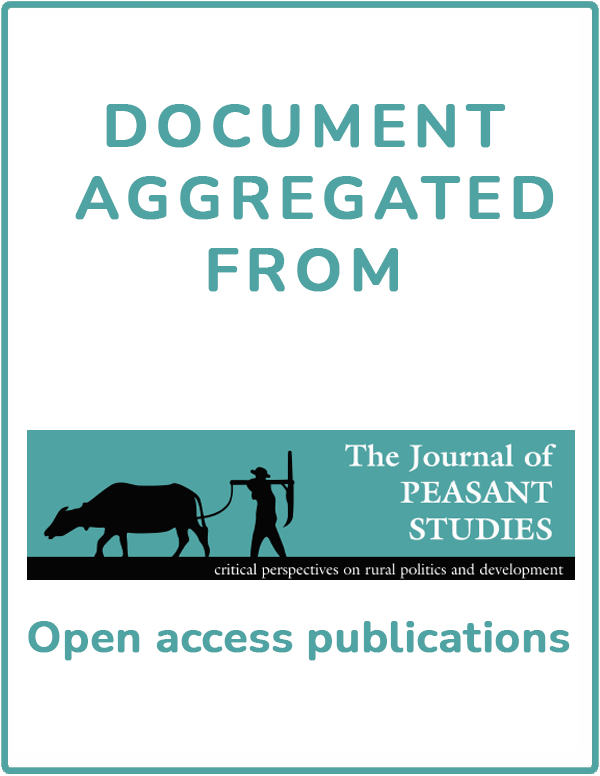Forest Disturbance Types and Current Analogs for Historical Disturbance-Independent Forests
Forest classifications by disturbance permit designation of multiple types of both old growth forests and shorter-lived forests, which auto-replace under severe disturbance, and also identification of loss of the disturbance type and associated forest. Historically, fire and flooding disturbance regimes, or conversely, infrequent disturbance, produced unique forests such as disturbance-independent forests of American beech (Fagus grandifolia), eastern hemlock (Tsuga canadensis), and sugar maple (Acer saccharum) in the Eastern United States.




